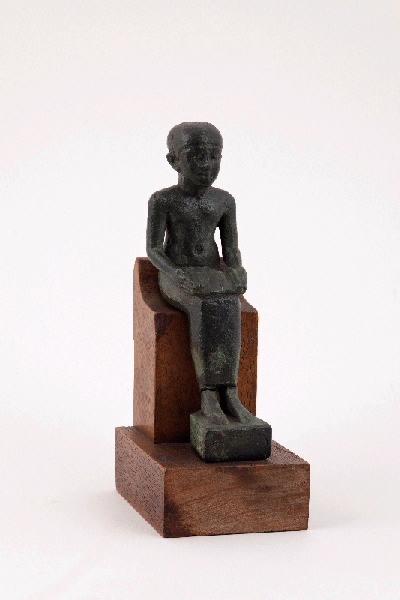Environ 5 résultats pour « Imhotep »
-
Imhotep
Imhotep, (Imouthes « Іμουτής » en grec) dont le nom signifie « celui qui vient en paix », est un personnage historique emblématique de l'Égypte antique. Il vécut entre 2800 et 2700 avant J.C. , et fut un homme aux multiples talents. Vizir et architecte du roi Djéser, on le dit également médecin et philosophe. Sur le socle d'une statue du roi Djéser, il est présenté comme « Le chancelier du roi de Basse-Égypte, le premier après le roi de Haute-Égypte, administrateur du grand palais, noble héréditaire, grand prêtre d'Héliopolis, Imhotep, le constructeur, le sculpteur ».






